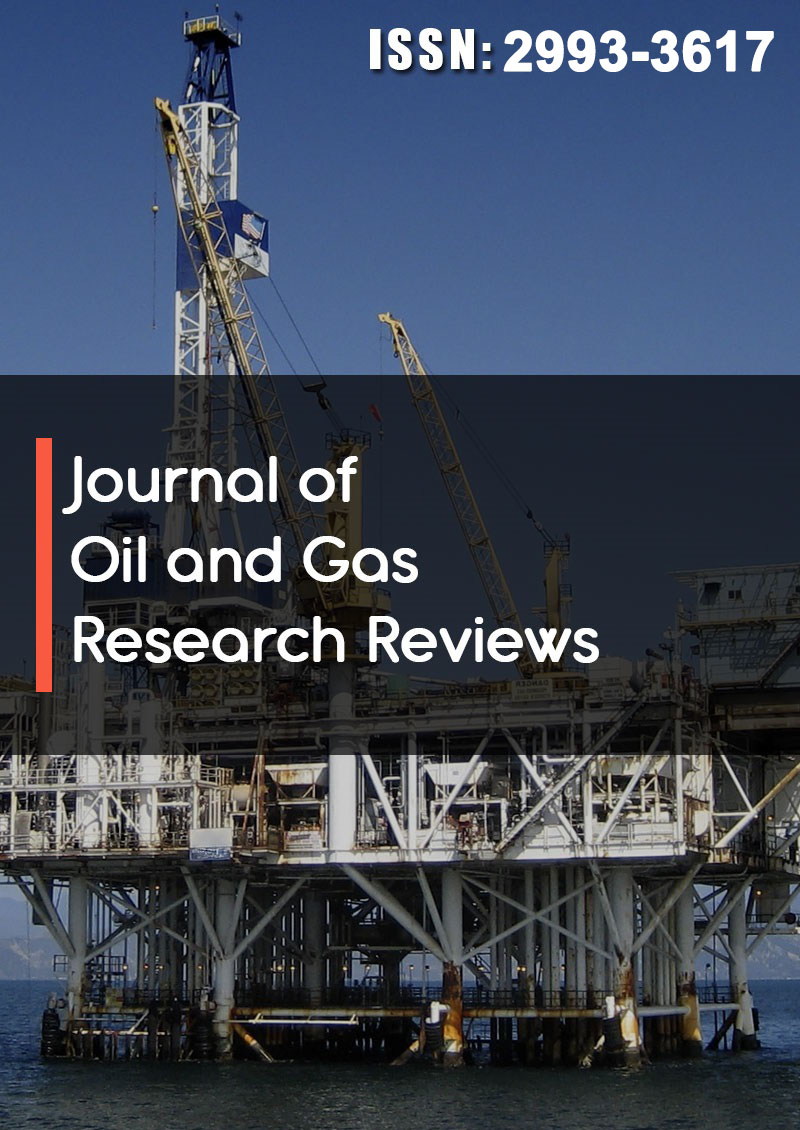Densification of the Gravity Data Using Artificial Neural Network [Ann]: Application to Structural Study of the Lom-Pangar Region [East-Cameroon]
Abstract
Steve Diffo, Evariste Ngatchou Heutchi, Marcelin Mouzong Pemi, Alain-Pierre K. Tokam, Imen Hamdi Nasr, Severin Nguiya and Jean Marie Bienvenu Ndjaka
For better understanding of the Lom-Pangar structural settings, a gravity field study was carried out. This area is intermediate between the Congo Craton [CC] in the south and the Pan-African in the north. Also, it is an active tectonics zone evidenced by the geological complexity and some shearings that gave rise to numerous major faults [Sanaga Shear Zone and the Central Cameroon Shear Zone] crossing this region. Although it is a high potential mining, zone very few gravimetric studies have been conducted probably due to the poor coverage of available Bouguer anomaly data. There is therefore a necessity to performed very high-resolution interpolation to be able to figure out the real tectonic settings. This pioneering work on the artificial neural network applied to these gravity data has improved the gravimetric coverage of the Lom-Pangar region to a resolution: of 2.90 arc minutes].
The findings from the densified gravity data using the artificial neural method reveal many deeply rooted structural features oriented along the NE-SW, NW-SE, and ENE-WSW directions in this region. The ENE-WSW trend is strongly developed than the other identified trends correlating with the main shear zones crossing the region. The good clustering observed on the local maxima of the horizontal gradient magnitude of the vertical drift and the Euler solutions suggests that the delineated contacts have vertical dips [faults of vertical extension up to 20km], to subvertical [contact boundaries materializing sedimentary basins or gravity domes preceding a dense material intrusion phenomenon]. As the basement of the region is granite-gneissic, migmatites and gneisses ensure the faulted contacts in the region. Newly identified faults are considered as strike slip with lateral and vertical extensions of the Sanaga Shear Zone or the Central Cameroon Shear Zone. These new identified features are evidences of the strong geodynamics activities taking place in the study area.



